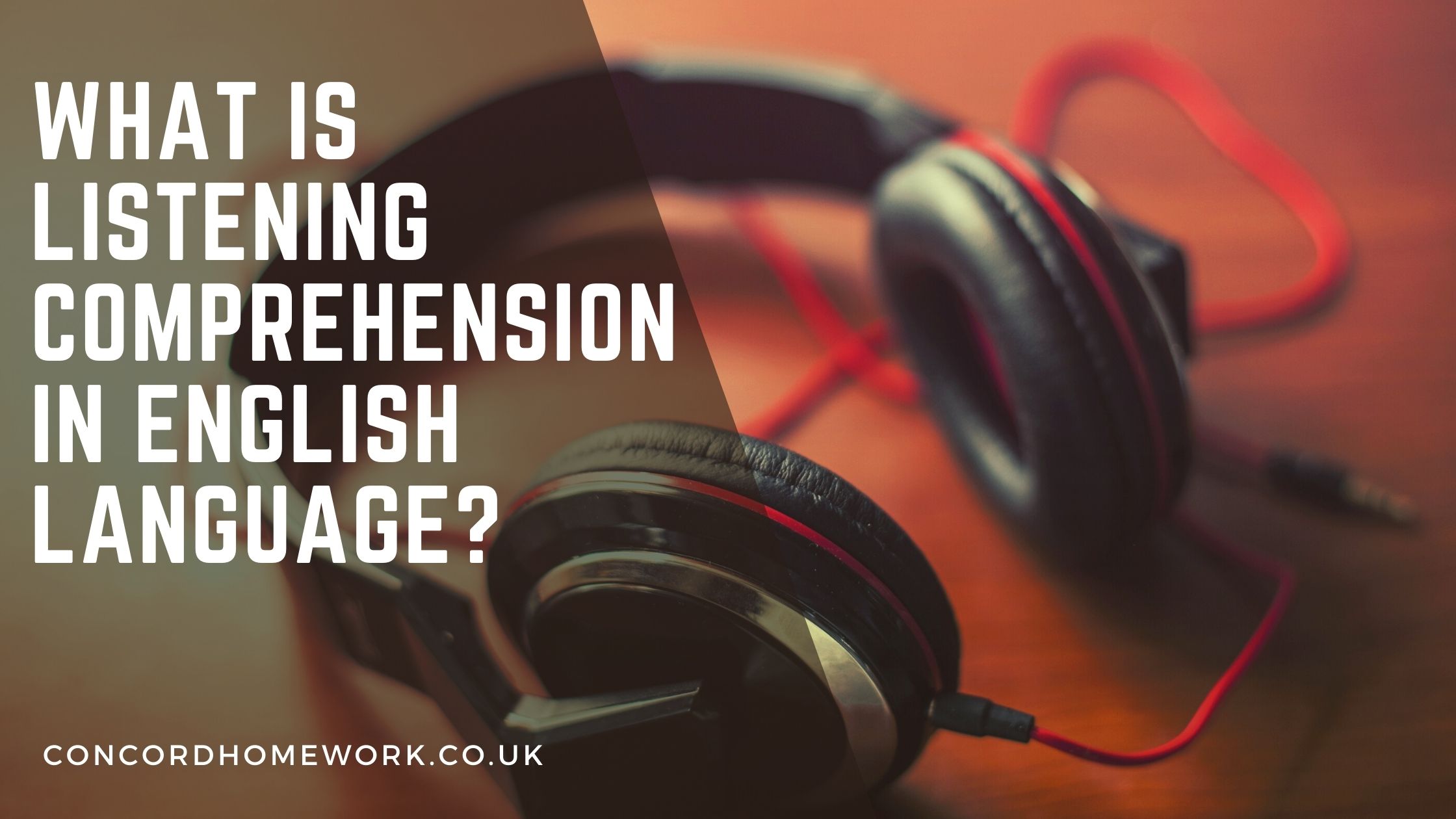Bottom up?
Top down?
What on Earth?
How does comprehension work?
Listening is a very complex process but researchers have identified two different strands you might say of listening that are important to think about. One is called bottom-up processing and the other is called top-down processing.
Bottom-up processing
Bottom-up processing is the traditional view of comprehension it says when we try to understand something either something in print or something we’re listening to. We have to work through language. We work at the level of the word and the sentence and then we extract the meaning from it so we start from the bottom which is the actual language. We hear and we analyze it mentally and then if we arrive at the top which is the meaning this is the reason it’s called bottom-up processing.
Bottom-up processing suggests that the meaning is contained in the words that we hear or see meaning and the message is all contained in the language that we hear.
Top-down Processing
However, there’s another form of processing that’s involved when we engage in comprehension and that’s called top-down processing. Top-down processing suggests that we start from meaning and
then work towards language meaning that we bring to comprehension some background knowledge ideas information, expectations and we use this as we listen and that enables us to if you like bypass some of the bottom-up processing we might normally be engaged in.
For example, suppose that I’m going to tell you something about an earthquake! Immediately you activate knowledge that you have about this topic by asking or thinking where it happened, how many people were injured? and what is being done about it? and so forth, that generates a set of questions that you will use to process the information I give you about the earthquake.
This is an example of top-down processing it’s using background knowledge as a basis for mapping what we know against what we hear and arriving at a meaning of the message. So, the two processes go side by side if you like bottom-up and top-down. The more we know about a topic the more background knowledge we were able to access, the more top-down processing we’re able to make use of, the less we know about a topic, the more language-based processing we will have to make use of.
Ideally, when we’re teaching students to read or to listen, we often have to look at a text and ask will the students be able to process this using background knowledge? or will they have to be given some help in accessing this text? like some pre-listening some pre-reading activities that will activate the their knowledge and information that may be relevant to understanding that topic.
The Concept of Schema
A schema refers to the body of knowledge that you bring to bear on a particular topic or a situation. For example, if I mention a supermarket you think of a physical context, you think of people there for a particular purpose doing things using procedures and artifacts and so on to achieve their goals. This is all part of the schema if you like the supermarket. Like the earthquake example and the information, you bring to bear on that particular topic. In real-world comprehension, we access hundreds of schemas of this kind which enable us to process language simply and effectively.
It’s because we’re making use of these schemas that speakers don’t need to spell out everything that is that they need they could say about a topic because they assume that the listener will be accessing that topic and filling out the details herself or himself.
So comprehension then is a process that draws on both language-based processing as well as meaning-based processing bottom-up and top-down they go hand in hand and when we’re teaching
comprehension we need to be sure that we’re not just teaching bottom-up processing, language-based processing. We’re not only working at the level of words and sentences, but we’re also activating background knowledge and encouraging students to make predictions to guess what’s coming to draw on their knowledge of the world to enable them to listen to the way people do in authentic listening situations
“Thank you for taking the time to explore this topic with us! We hope you found the information helpful and insightful. Have any thoughts, questions, or additional examples to share? We’d love to hear from you in the comments below!
Don’t forget to spread the word by sharing this blog with your friends, family, and colleagues. Together, let’s continue to learn, grow, and connect with the world around us. Happy reading and sharing!”
Follow Me On TikTok:
Follow me!????????????????
Follow me on YouTube:
Subscribe!????????????????
What topics/worksheets do you need? Let me know in the comments below!




















